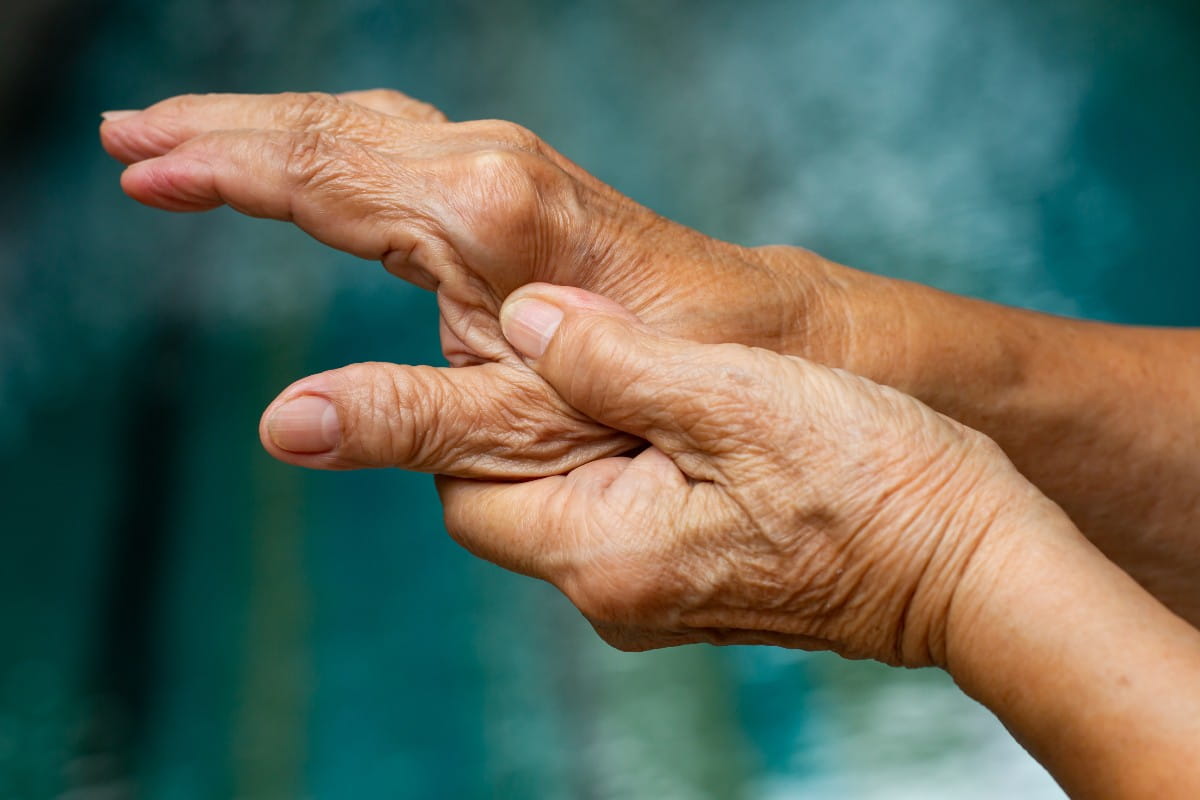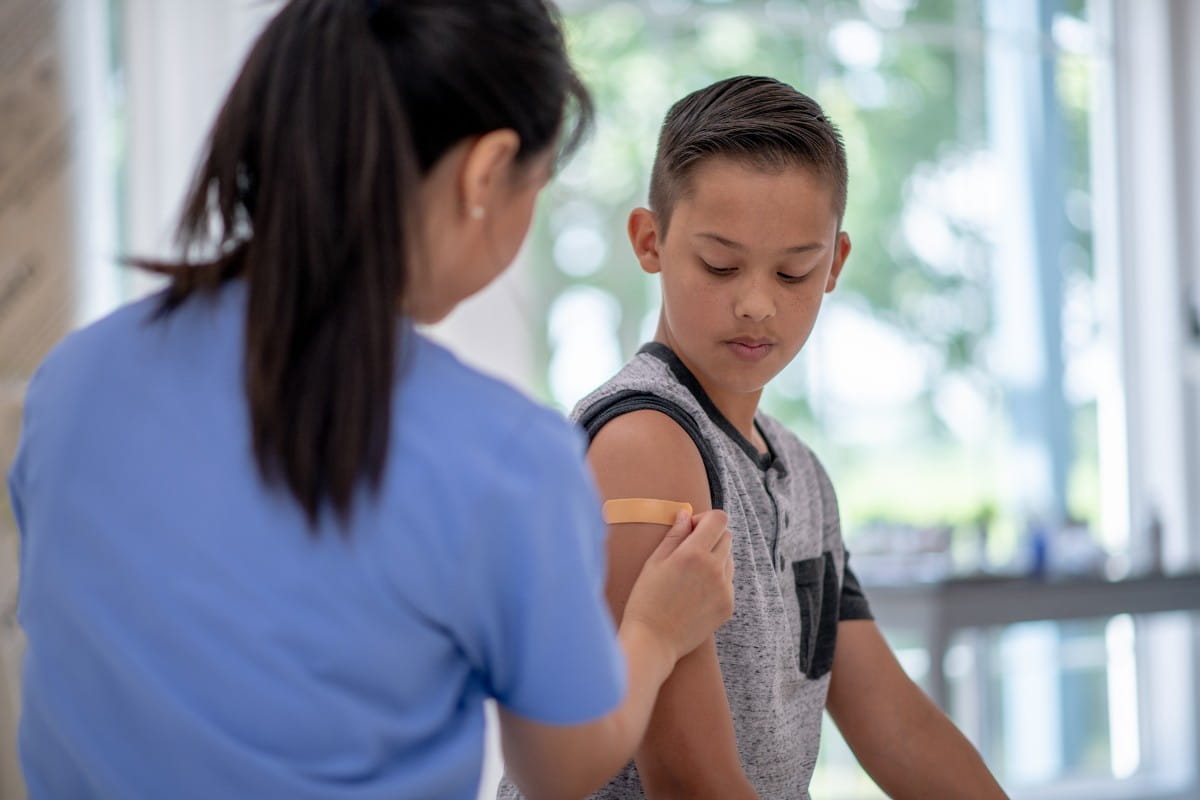If you’re a woman and your doctors haven’t already spoken to you about your T-score, chances are they will – especially if you’re nearing age 65 or if you have an increased risk of osteoporosis. Osteoporosis means “porous bone,” and those with the disease have fragile bones that are more likely to break or fracture.
A bone density test can help you determine your risk of osteoporosis. Your T-score represents the result from a bone density test.
Put simply, T-scores offer a way to measure your bone health. Armed with knowledge of your T-score, you’ll know if you need to take steps to keep your bones healthy and strong.
Because the risk of osteoporosis increases with age, we recommend that all women aged 65 or older have a bone density test,” says Elizabeth Lunsford, M.D., a board-certified obstetrician/gynecologist. “With a patient’s T-score in hand, we can suggest steps to take now to help prevent bone fractures or breaks in the future.”
What is a bone density test?
A bone density test – sometimes referred to as a bone mineral density, or BMD, test – uses X-ray measurements to determine the amount of calcium and other minerals in your bones.
Typically, the test is conducted using a dual energy X-ray absorptiometry machine. This DXA machine scans bones most likely to break due to osteoporosis, such as your hip, forearm and lower spine.
Having a bone density test is the only way to definitively diagnose osteoporosis. Your score can help you access your risk of developing a bone fracture as you age. For the test, you’ll lie on a padded platform, while a mechanical arm scans your body. The procedure takes under 30 minutes, is painless, and omits less radiation than a standard chest X-ray.
How T-scores are reported
Your T-score compares your bone mass to that of a healthy young adult.
The “T” in T-score represents the number of standard deviations, or units of measurement, your score is above or below the average bone density for a young, healthy adult of your same sex.
Lower T-scores mean you could be at risk for developing osteoporosis or that you might already have the condition. Here are the ranges:
- A normal T-score falls between +1 and -1.
- Scores between -1 and -2.5 indicate low bone density, also called osteopenia.
- A T-score of -2.5 or lower indicates an established case of osteoporosis.
Who should get tested?
Every woman age 65 or older should consider getting a bone density test. You may want to consider getting a test earlier than 65 if you:
- Have a family history of osteoporosis
- Have broken a bone past age 50
These factors may put you at higher risk.
What to do if your T-scores are low
A low T-score means you’re at increased risk of fracturing or breaking a bone. Depending on your score, your physician may recommend that you begin taking a prescription osteoporosis medicine or that you work to introduce more calcium, vitamin D and exercise into your daily routine.
Eliminating smoking and decreasing alcohol consumption have also been shown to support bone health.
“With proper treatment, your bone health can improve,” says Dr. Lunsford. “We work with patients to develop a customized plan to support bone strength, so they can stay nimble and active throughout their lives.”
If you have questions about osteoporosis, talk to your provider today. Find a Women's health doctor near you.



